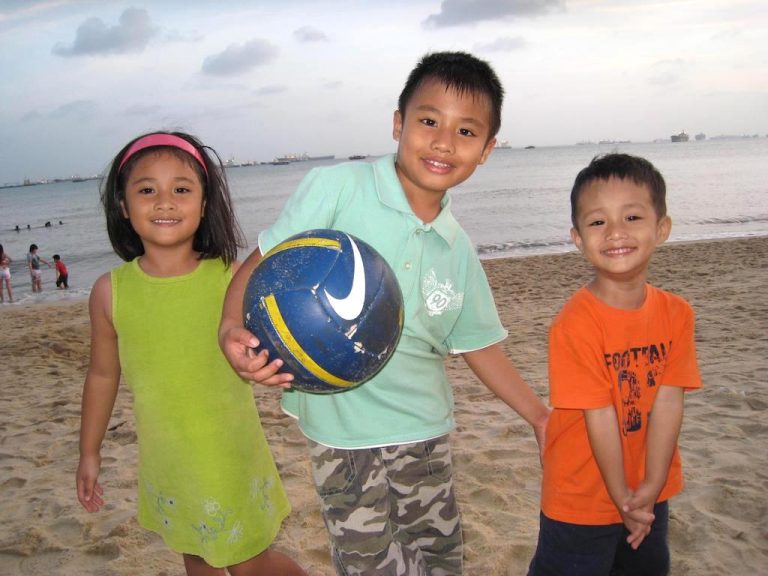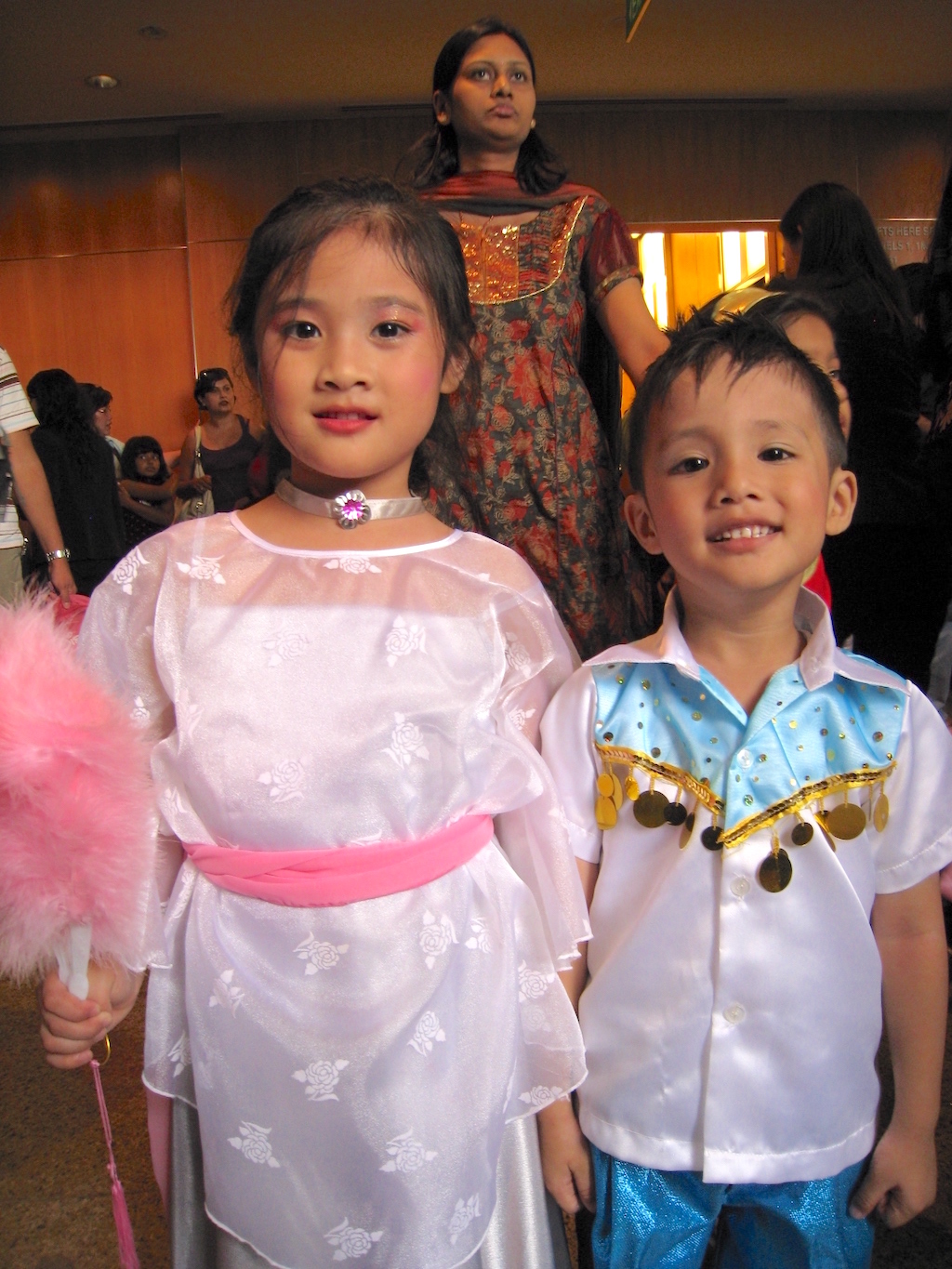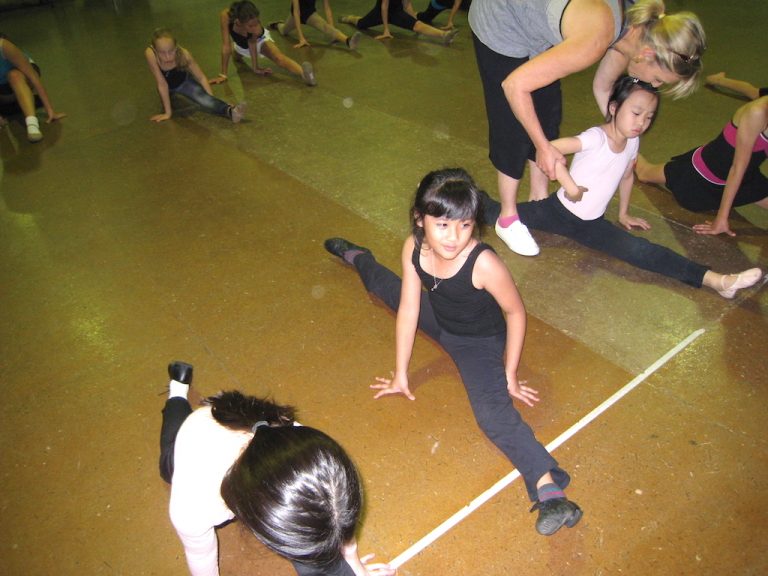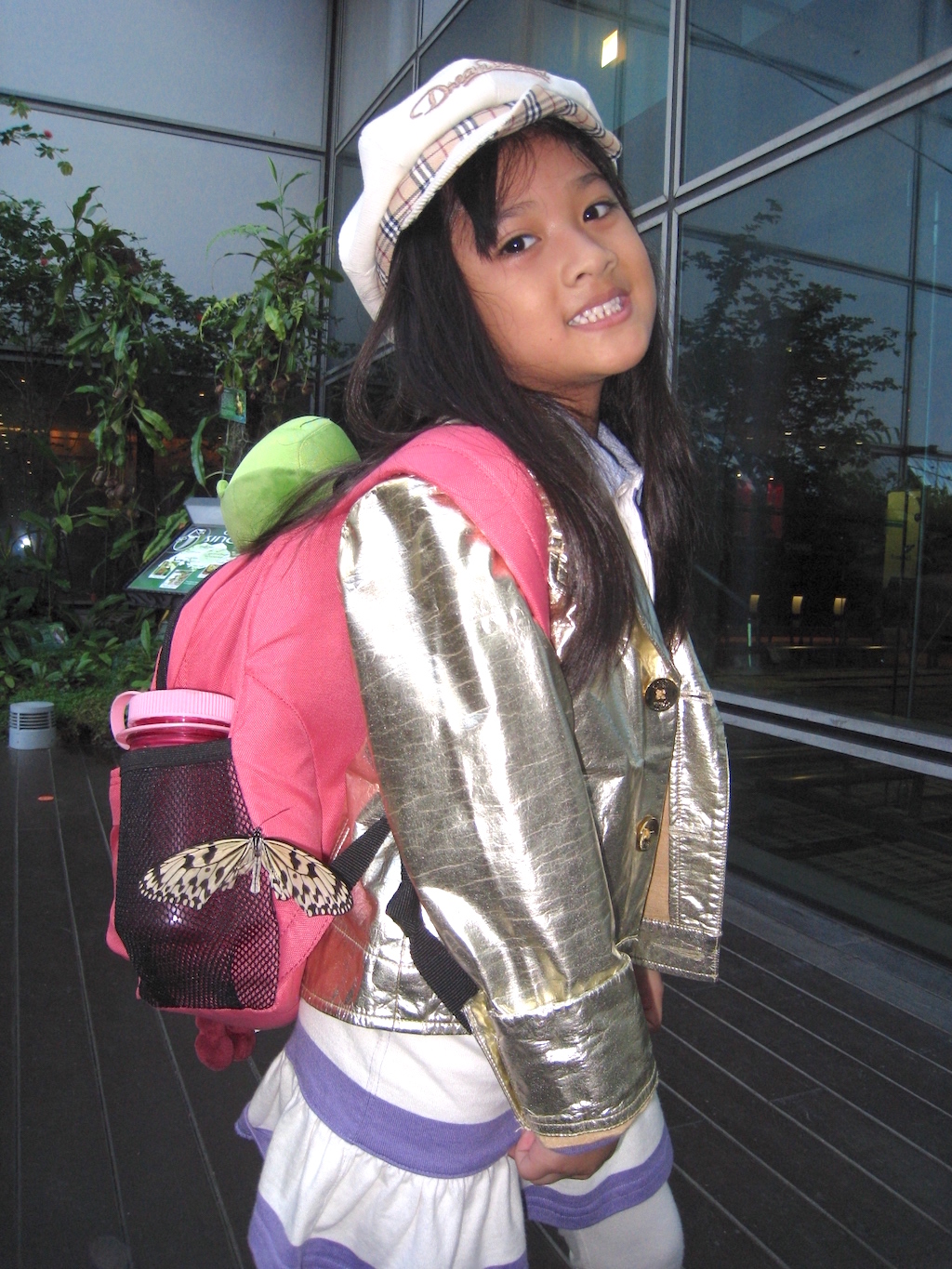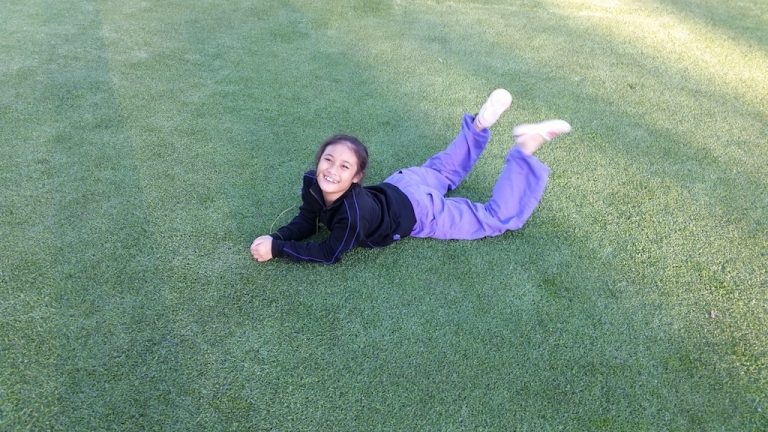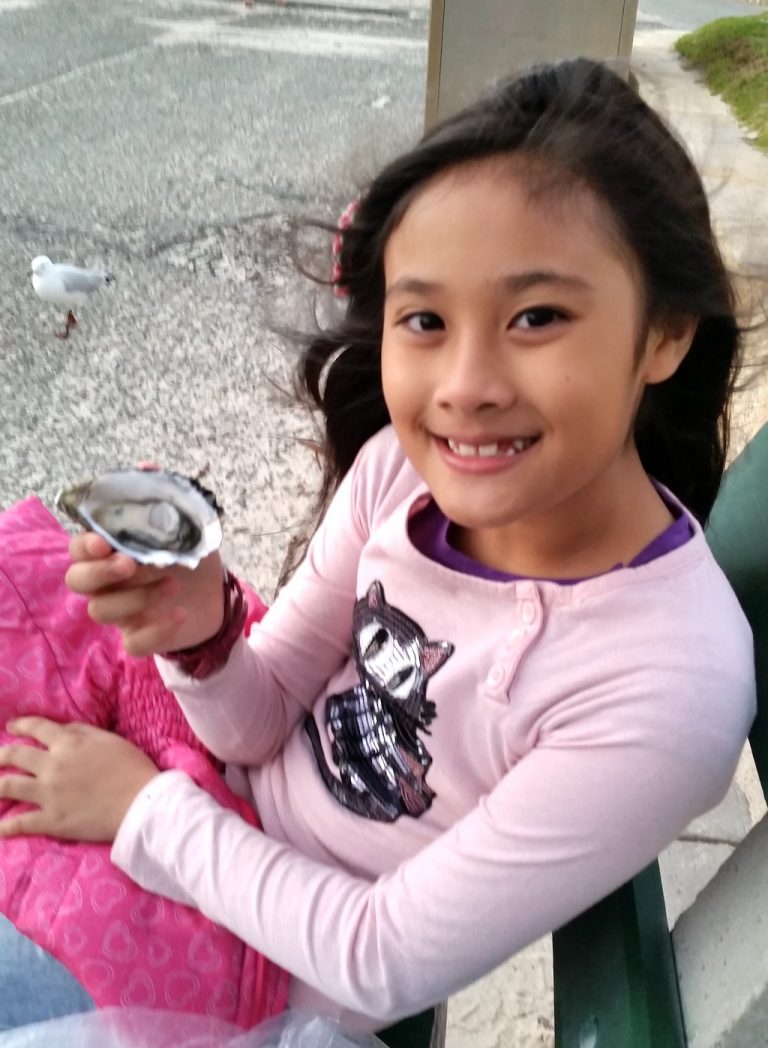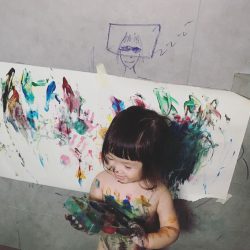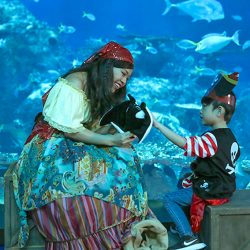SingaporeMotherhood | Parenting
October 2017
How Dance helped my Daughter, who has Dyslexia, gain Confidence in Herself
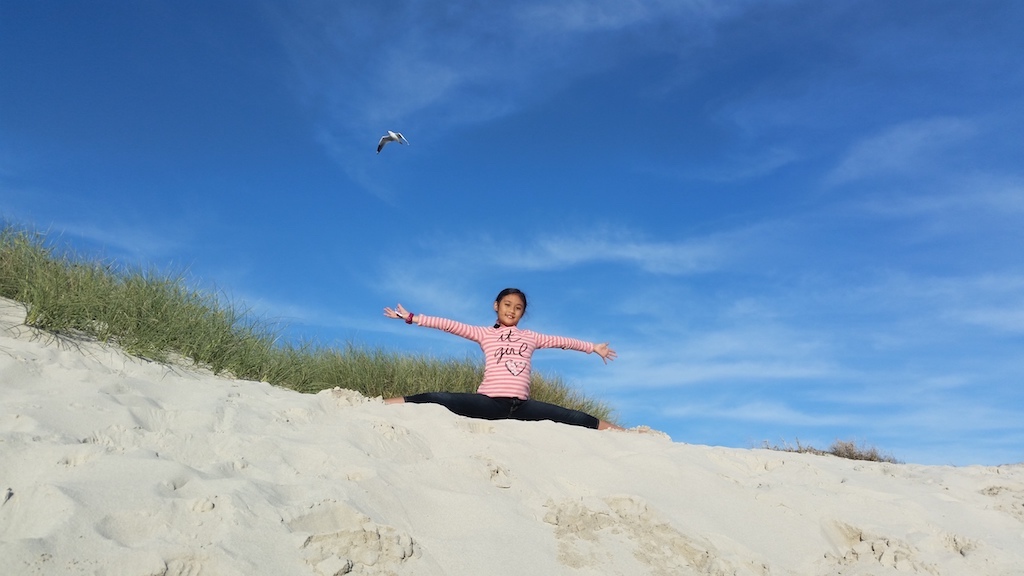
When she found out that her daughter Deanna had dyslexia, Zalina Zakariah-Ismael did all that she could to help her develop confidence and excel in her passion for dance
Four-year-old Nur Deanna bte Mohd Ismael was a typical girl in Singapore. An active and bubbly baby, she had grown into a preschooler who loved girly, princess-y things, Play-Doh, and playing with LEGO with her two brothers. But when it came to nursery work, she struggled. Her mother, civil servant Zalina Zakariah-Ismael, would see her clutching her spelling list to sleep, because she just could not remember what she had learnt. And then Deanna asked her mother, “Why am I so stupid?”
[banner][/banner]
“I first had an inkling that Deanna could be different when she was about four years old. She could sing the alphabet but had a lot of difficulties recognising letters. She also faced difficulties in sequencing and writing.
She was eloquent and intelligent in her speech but needed lots of time and repetition to learn the alphabet, for spelling, and for reading. It became very apparent in her kindergarten years. She would spend hours trying to learn her weekly spelling words, just to forget them half an hour later. On days when I came home late from work, I would find Deanna fast asleep with her spelling list.
The last straw was when Deanna came up to me and asked me why she was so stupid. I fought hard to hold back my tears, extolling her merits and her intelligence. But I could see in her eyes that she did not believe me. She commented how her classmates had moved on to a higher colour scheme in reading while she was the only one still at a lower level. She said she could not understand why, no matter how hard she tried, things just would not fit together. So I decided to seek expert opinion.
Getting a Formal Diagnosis of Dyslexia
It took us a couple of months to get the appointment at KK Women’s and Children’s Hospital (KKH). Deanna had to go through a series of oral and written tests. The assessment was non-threatening, but Deanna was nervous as it was in her nature to want to please and do her best. After two sessions, the specialist advised us to wait and give Deanna time. I felt that it was not ‘time’ that was the issue and that there was something preventing her from reaching her full potential. We got a referral for a psychological assessment at DAS (Dyslexia Association of Singapore) where she went through a more thorough assessment.
Deanna was formally diagnosed when she was around six years old. My husband and I were relieved. We were glad that we could find the source of her difficulties so that we could work on supporting her and re-building her confidence. I felt guilty for all the times she spent trying her best but to no avail. I was most concerned about her confidence. Dyslexia is a condition that affects how she is as a person; not just academically. Till today, Deanna requires conscious effort to differentiate her ‘b’s and ‘d’s and get her ‘left’ and ‘right’ correct.
Coping with Dyslexia in Primary School Years
Deanna went to Temasek Primary School. I emailed the school, met up and spoke to the teachers and pupil-management team. Deanna received help from the Learning Support teachers and Allied Educators. She enjoyed her time with them (they were a small group thus lower student-teacher ratio) and this motivated her to do even better. She was also exempted from Mother Tongue so that she could better focus her energy on the remaining subjects, and further improve on her numeracy and literacy.
Then Deanna discovered dance. We were out shopping one day when Deanna saw some girls having ballet lessons in a dance school. She was interested so we signed her up for a trial class and that was when it all started. Deanna has a talent in dance and seems to enjoy it; this motivated us to encourage her in this direction. Dance forces her to concentrate on her psychomotor and coordination skills, while also developing discipline and perseverance. When dancing, Deanna is more focused as the movements are filled with purpose.
She also took classes in ballet, jazz and tap dance. Deanna did well in her dance exams and took part in national and international dance competitions like Get the Beat, the CSTD (Commonwealth Society of Teachers’ of Dancing) Asia Pacific Dance Competition, and the West Coast Dance Competition (in Australia). She has also performed for the NKF (National Kidney Foundation) and the 9th Biennial conference of Paediatric Dentistry Association of Asia.
Taking part in Asia’s Got Talent in her PSLE year
Deanna joined Asia’s Got Talent (AGT) in 2015. Since it was the inaugural AGT, it was an exciting opportunity. However it was a difficult decision to make as it was her PSLE year. There were a few push factors contributing to our decision to join AGT. Firstly, it was the inaugural one in Asia. Secondly, it was a-once-in-a-lifetime opportunity to be part of an internationally acclaimed production. Then there was the exposure it provided. Furthermore, Deanna did not want to let her dance mates down by not representing her dance school. Finally but most importantly – the experience taught her life lessons like humility, sacrifice and perseverance.
Honestly, it was gruelling. The selection process took place in Singapore and there were several rounds to pass before the finals. We also had to attend rehearsals and training at Nusajaya in Malaysia so Deanna missed school, sometimes for over a week. Thankfully, her school allowed her to reschedule some of her exams.
The packed schedule trained Deanna to manage her time better. She would do her homework on the journey to the dance studio, in-between rehearsals, and whenever there was waiting time. There were times when she cried because she felt overwhelmed by all that was going on around her. However, she would pick herself up and go on.
During the AGT period and nearing her dance exams, Deanna had dance lessons and practices almost daily, including weekends. These could stretch to ten at night. Thus it was important for the family to work together and set our priorities to support her. We sacrificed holidays, shortened trips, or changed our holiday destination to accommodate her dance practices over the school holidays.
Her brothers spent many hours at the dance studio. They had their meals and completed their homework there. Academically, we did not want to put undue stress on Deanna as she is by nature a diligent pupil. Her school excused her from extra lessons as she had her DAS lessons and dance practices after school. It was very tiring on everyone but it was worth the sacrifice. Deanna’s group was the only Singaporean act to make it to the finals.
Successful DSA into SOTA via Dance
Deanna got into SOTA (School of the Arts) through Direct School Admission (DSA) for dance. She’s in Year One this year and she is still adapting to the rigours of secondary school. Going through the DSA was a worry when I found out that the assessment criteria for admission includes a written essay. I worried that Deanna’s spelling would get in the way of her writing a coherent essay. However, I was confident that she would be able to get through.
Now Deanna has dance classes daily in school, for about two hours each time. She used to attend therapy sessions at Dyslexia Association of Singapore (DAS) twice a week. The sessions taught her coping strategies and built up her confidence. She recently stopped her DAS classes as she is focusing on adapting to the long school hours at SOTA. She and her friends recently choreographed and participated in a hip-hop dance competition called Blackout 2017 at *Scape, where they clinched the award for crowd favourite.
Every mother hopes that their child will grow up healthy and happy. I have the same simple hope for Deanna. She is an intelligent girl with a caring and loving heart. I would like her to grow up appreciating who she is and all that she has received, and contribute to the community as much as she can.”
It’s World Dyslexia Awareness Week 2017 (2 to 8 October 2017). In Singapore, an estimated 23,000 preschool, primary and secondary students have dyslexia. Deanna’s story – and those of other people with dyslexia in Singapore – is in the DAS book Clearly Different – Dyscovering the Difference. Take part in a Tongue Twister Challenge on the World Dyslexia Awareness Week 2017 Facebook group to show your support for people with dyslexia and help promote awareness for learning differences!
#MothersOfSingapore #embracediversity #ilearndifferently
All content from this article, including images, cannot be reproduced without credits or written permission from SingaporeMotherhood.
Follow us on Facebook, Instagram, and Telegram for the latest article and promotion updates.




